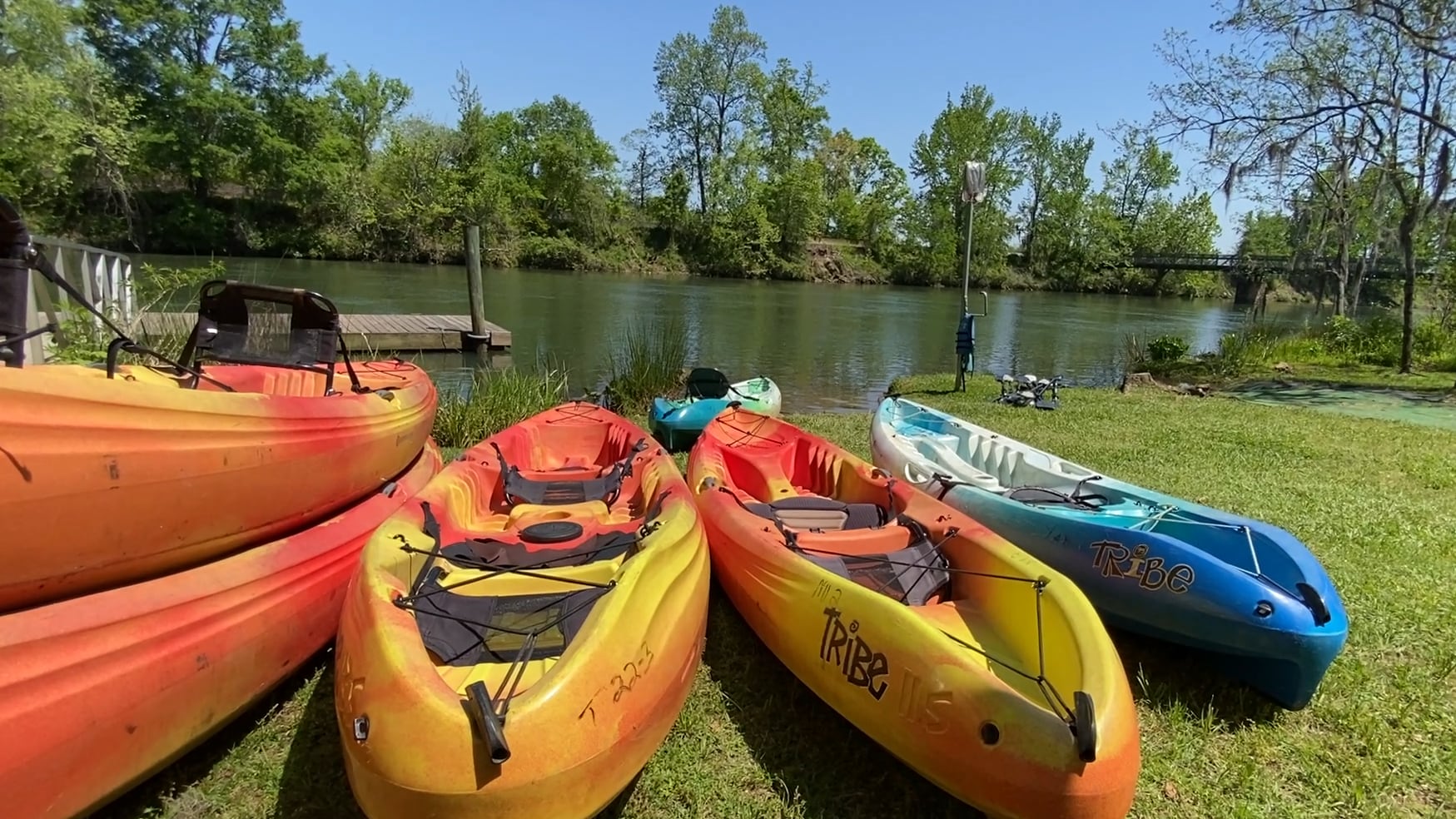How to stay safe from rip currents at the beach
AUGUSTA, Ga. (WRDW/WAGT) - We might live a few hours from the coast, but that doesn’t stop many of us from making the drive to the beach this summer.
However, did you know that living inland, we’re at a higher risk of drowning?
We spoke with the National Weather Service in Charleston to find out why and what you need to do to be safe this summer.
Rip currents are the number one weather-related killer in the coastal Carolinas.
While you may not be in a coastal city, there is a higher risk for inland residents.
How to stay safe in the water ahead of summer season
Hitting the pool, lake or river this time of year is a great way to beat the heat, but it’s important to stay safe while cooling off.
“We’re finding in the last several years that a lot of the victims of rip currents are not necessarily local people or people who are familiar with the beach,” said Ron Morales, Coordination meteorologist with the National Weather Service in Charleston. “They’re coming from all over, inland, other states.”
“That moves away from the coastline, and it carries you out,” said Morales. “It doesn’t carry you under, it just carries you out, which makes people panic when they don’t know what it is or what’s drawing them out. So if they try to swim against that current, they’re going to get very tired and possibly, you know, not be able to make it back. And sometimes they need to be rescued.”
Rip currents are easier to spot higher up, so before walking along the beach, scope out the ocean and look for rip currents.
“You would be looking for those kind of lower places where there’s not as much foam, like from the waves where it kind of looks flatter and that’s sometimes where that rip current is and you might see a plume, kind of like a mushroom type sort of plume at the end of that out beyond the breakers where the rip current maybe is ending,” said Morales.
Safety tips before heading out to kayak this summer
With the summer quickly approaching, it’s important to know how to have fun safely.

The deeper you are in the water, the easier it is to get caught in a rip current.
If someone gets stuck in a rip current, experts suggest swimming parallel to the shore and waving down a lifeguard.
Good Samaritans make up over a third of rip current drownings.
“If they just jump in, they could be caught as well if they don’t have a flotation device,” said Morales. “When there’s water and waves, you’re at risk of rip currents.”
Rip Current Awareness Week for the Carolinas starts next week.
Copyright 2025 WRDW/WAGT. All rights reserved.














